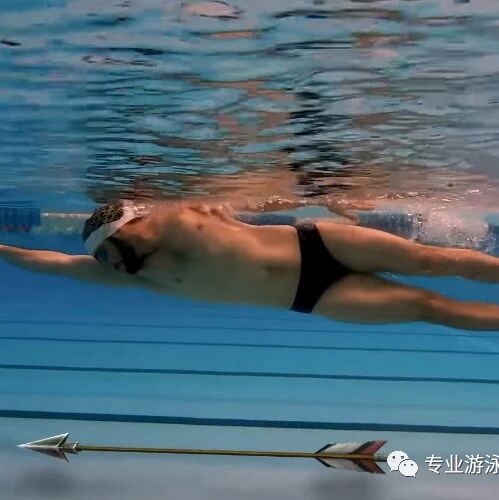There are too many misconceptions about the full immersion technique—specifically, the importance of the second kick and the arm entry into the water.
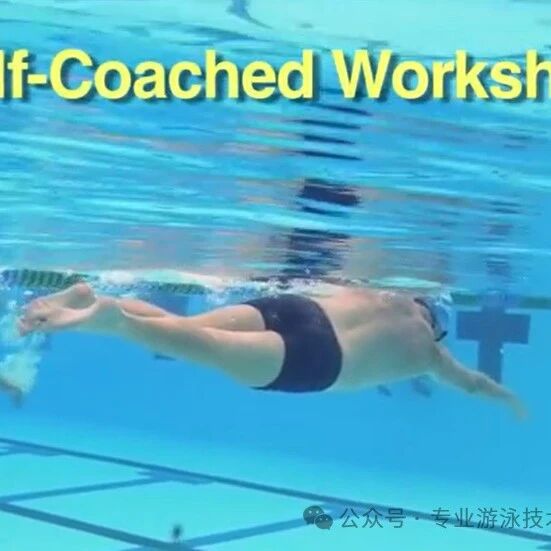
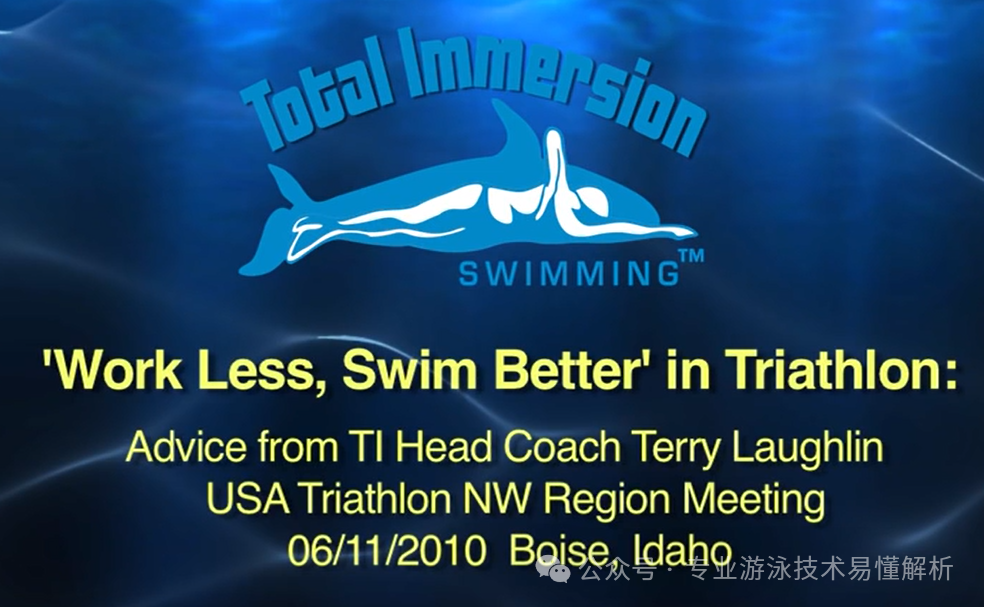
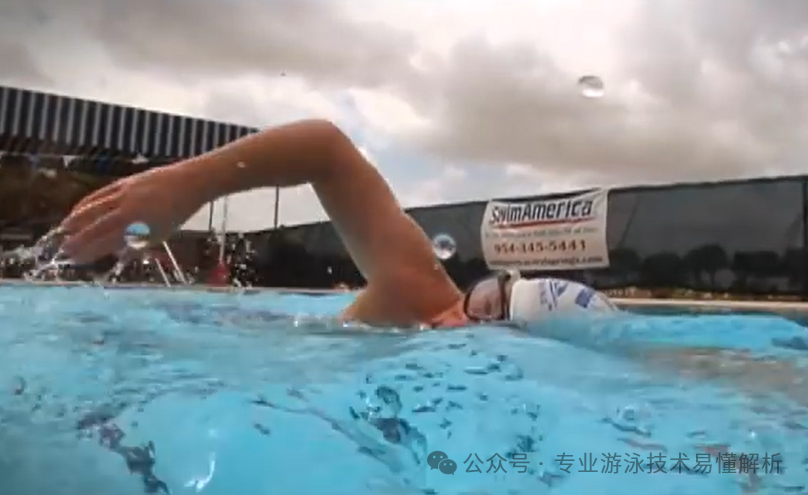
1. To fully immerse yourself in learning, you must first gain a comprehensive understanding of the entire teaching system.
We won't go over the full Immersion Swimming Teaching System here again, since previously...Detailed analysis of the full-immersion swimming concept, helping you truly master the techniques and principles of this unique swimming style.Full-body immersion freestyle entry and anchor drill: The secret to effortless swimmingA brief introduction to self-learning a full-immersion swimming course—plus insights into the key challenges and tips for mastering swimming on your own.The Ultimate Guide to Learning Freestyle Swimming—It All Comes Down to Three Simple WordsA close look at Mr. Terry's Total Immersion swimming technique—this article perfectly captures the key points of Total Immersion freestyle.Illustrated guide to freestyle stroke coordination, with a detailed explanation of the core balance and weight-transfer process in the Total Immersion freestyle technique.The article has already provided a detailed explanation of some typical exercises and movements within the Total Immersion teaching system.
To clear up online misconceptions about the secondary kick and arm entry in the Total Immersion swimming system, here’s some additional insight. The secondary kick is often seen by many professional swimming coaches as a challenging task for beginners, since, in traditional swimming instruction, mastering the six-kick pattern is considered essential before moving on to the four-kick or even the two-kick technique. It’s compared to learning how to ride a bicycle: riding fast feels effortless, but maintaining balance at slower speeds—and avoiding falls—is far more difficult. This analogy suggests that executing the two-kick sequence is actually trickier than the six-kick version. However, when learning to ride a bike, it’s not about going fast right away; instead, building balance first is the key to eventually getting the hang of it. Similarly, Total Immersion freestyle teaches swimmers to start by improving their balance through basic floating exercises, and once they’ve mastered this foundation, transitioning into the smooth, natural rhythm of the two-kick stroke becomes much easier.
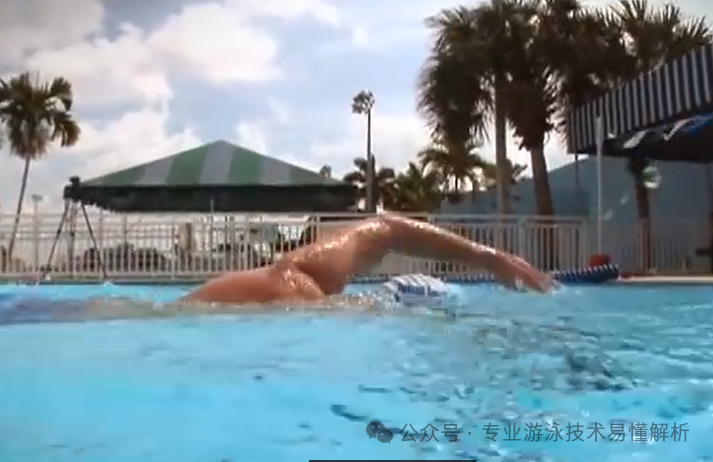
To draw an analogy with walking, when we walk, our arms swing naturally—driving forward primarily through the power of our legs. In contrast, in freestyle swimming, it’s exactly the opposite: the arms become the main source of propulsion, while the legs move fluidly in sync with the hips. This is because as the arms pull through the water, they naturally cause the shoulders to rotate—and when the shoulders turn, the hips follow suit. This hip rotation, in turn, initiates the kicking motion, creating a seamless, coordinated sequence of movements. Traditionally, mastering the kick has been emphasized in freestyle swimming, but this approach actually emerged out of necessity: beginners often struggle to keep their legs from sinking in the water. By relying heavily on brute force to generate balance and stability, swimmers end up using an inefficient, almost counterproductive method. It’s akin to trying to walk faster not by quickening your steps, but by wildly swinging your arms instead—forcing your pace upward in a clumsy, less effective way, isn’t it?
2. Let’s go into detail about the arm entry into the water.
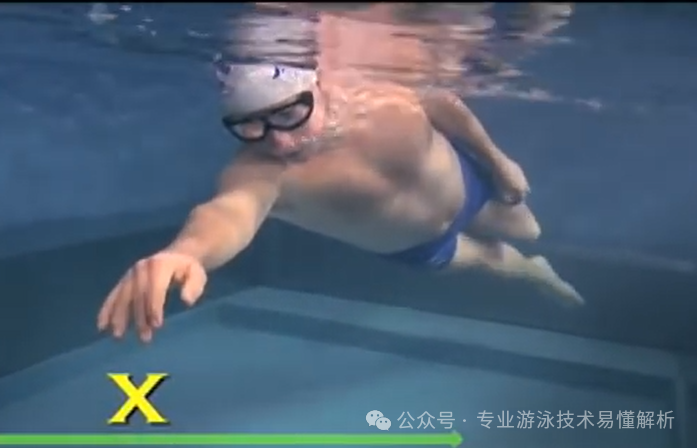
Most opinions suggest that the entry point should be as far forward as possible, since this helps broaden the shoulders, increase stroke length, and ultimately enhance the efficiency of each stroke. However, in reality, this approach often backfires. For one thing, entering the water too far ahead inevitably causes premature shoulder stretching, which can easily disrupt the coordinated movement between the arm extending forward and the opposite arm pulling through the water. As a result, the two arms end up working independently rather than in harmony, preventing them from linking together via the body’s rotational motion—a key element for maintaining a smooth, fluid rhythm.
The full-submersion technique suggests that after the arm enters the water, its subsequent forward extension through the water is dynamic—it happens simultaneously as the other arm pushes against the water. By the time the push phase is complete, the forward extension of the arm is also fully executed, aligning the shoulder with the extended arm. This technique has been proven effective by professional swimmers and has since been adopted in traditional competitive swimming.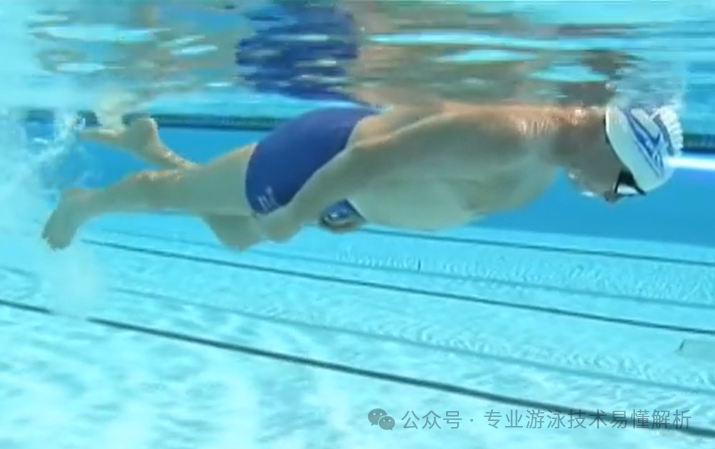
Next, regarding the depth issue after the arm enters the water: in reality, whether the arm enters shallow or deep, the difference is merely a matter of shoulder height. When reaching forward, the arm either remains parallel to the water’s surface or forms a slight angle with it. However, if the arm is perfectly parallel, it can’t fully relax, while an angled position will inevitably increase frontal resistance against the water—simply because the angle between the arm and the water surface naturally expands the effective area exposed to the water.
However, when the leading arm is positioned at an angle to the water surface, it allows for better relaxation. This relaxation not only enhances the benefits of swimming but often delivers even greater practical results than expected—especially for beginners, though the improvement is even more pronounced for advanced swimmers. Moreover, maintaining this angled position actually facilitates the subsequent catch phase, enabling swimmers to accelerate their catch and effectively mitigate the issue of increased frontal drag caused by facing the water directly. By minimizing the duration of direct exposure to water resistance, swimmers can optimize their stroke efficiency.
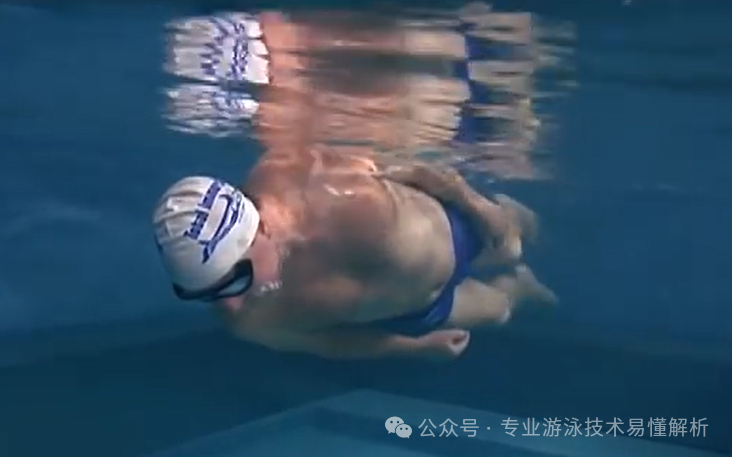
3. Bring a swimming buddy along when doing self-coaching, or bring your own underwater camera.
When first learning to swim, there’s often a significant gap between how your body feels and the actual swimming motion. Without an outside perspective, it can be tough to spot these issues—and once bad habits take hold, they become even harder to correct. That’s why, when teaching yourself to swim, it’s crucial to progress step by step: start with basic balance exercises, then move on to mastering side breathing transitions, practicing one-sided strokes, and finally working on seamless body coordination. Building each skill thoroughly, one at a time, will yield better results than rushing into traditional freestyle too quickly. In fact, trying to force speed too early can easily lead you astray, causing you to adopt an overly deliberate, slow-swimming style—something that actually hinders your long-term progress. For beginners, using a snorkel initially helps refine your balance and technique, allowing you to break free from the natural instinct to lift your head. Once you’ve mastered this, breathing becomes far less challenging than you might expect.
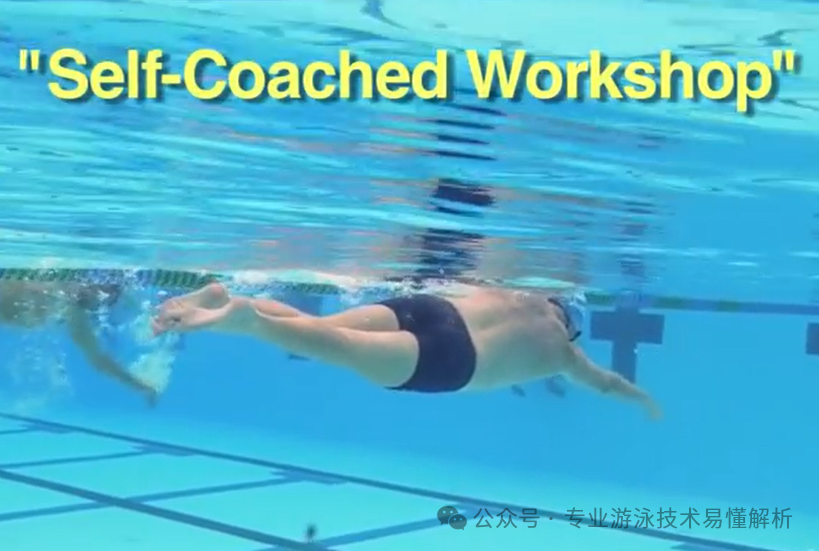
One official account shares swimming tips, while another focuses on software insights, online resources, and reading experiences.
Thank you for your supportive and encouraging likes, as well as the comments that spark meaningful conversations—and even more, we’d love for you to share and forward this content!
Related Articles
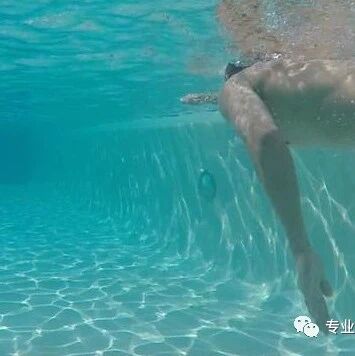
Freestyle elbow drills: The key to improving your stroke lies in your arms.
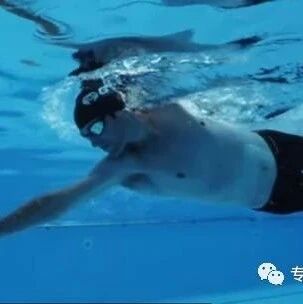
Don't turn paddling into fishing—be careful not to twist your body, as it could disrupt your arm's paddling motion.
